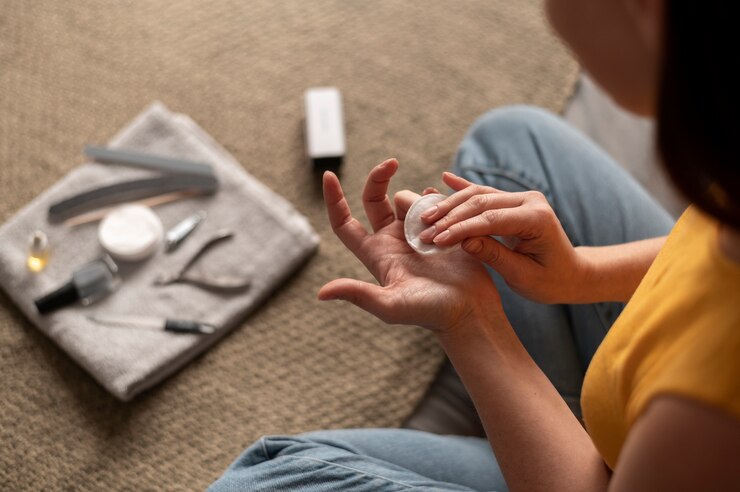Nail fungus, or onychomycosis, is a common condition that affects many individuals. It can be stubborn to treat, but with the right approach and patience, you can effectively combat this fungal infection. Nail fungus typically manifests as discolored, thickened, and brittle nails, and it often requires consistent treatment. Here are ten effective ways to treat nail fungus:
1. Over-the-Counter (OTC) Topical Treatments:
- There are various OTC antifungal creams, lotions, and nail polishes available. These products typically contain ingredients like terbinafine or undecylenic acid. Follow the instructions on the product label for the best results.
2. Prescription Medications:
- If OTC treatments don’t work, consult a healthcare professional. They can prescribe oral antifungal medications, such as itraconazole or fluconazole. These are often more potent and may be necessary for severe infections.
3. Topical Antifungal Solutions:
- Prescription-strength antifungal nail lacquers are also available. Your doctor may recommend these for cases of mild to moderate nail fungus.
4. Laser Therapy:
- Laser treatments can target and destroy the fungus within the nail without harming the surrounding tissue. While it can be costly, this option has shown promise in treating nail fungus.
5. Home Remedies:
- Some natural remedies, like tea tree oil, coconut oil, and vinegar, have antifungal properties. Applying these to the affected nail daily may help combat the fungus. However, results can be variable, and consistency is key.
6. Keep Nails Trimmed:
- Trim your nails regularly and keep them short. This can reduce the surface area available for the fungus to thrive and make treatment more effective.
7. Avoid Nail Polish:
- While undergoing treatment, it’s best to avoid using nail polish, as it can trap moisture and potentially worsen the infection.
8. Maintain Proper Foot Hygiene:
- Wash your feet daily, keep them dry, and change your socks regularly. Fungi thrive in warm, moist environments, so keeping your feet clean and dry is essential.
9. Disinfect Your Footwear:
- Disinfect your shoes, socks, and nail clippers regularly to prevent recontamination.
10. Consult a Specialist:
- If the infection persists or worsens, it’s essential to consult a dermatologist or podiatrist. They can offer a professional diagnosis and recommend the most suitable treatment options for your specific case.
Remember that nail fungus treatment requires patience, as nails grow slowly. It may take several months to see visible improvements. To achieve the best results, combine multiple treatment methods and maintain strict foot hygiene. Additionally, consult a healthcare professional for personalized guidance, as the severity of the infection may require a more aggressive approach. With the right treatment plan and persistence, you can effectively combat nail fungus and restore your nails to a healthier state.








